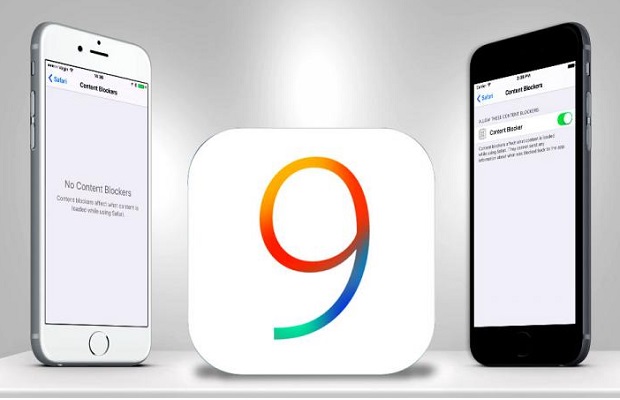In what could be a major blow to the ad industry, the next version of Safari will let users block ads on iPhones and iPads.
It will bring with it a collection of new features aimed at speeding up the iPhone and Mac’s operating systems and extend battery life. One of those features appears to be the ability to natively block web content, including ads.
Apple has not said whether its content blocking system will be used for preventing adverts within browsers.
The company runs an advertising service called iAds within applications that run on iPhones and iPads and is unlikely to adopt a system that could damage its own revenue stream.
Adblocking — running a piece of software in your web browser that prevents ads on most web pages from loading — has moved from a niche behavior for the nerdy few to something mainstream.
A report from 2014 found that adblock usage was up 70 percent year-over-year, with over 140 million people blocking ads worldwide, including 41 percent of 18- to 29-year-olds. You can understand why that would be troubling to the publishers who sell those ads.
But until now, adblocking has been limited almost entirely to desktop — mobile browsers haven’t allowed it.
Eyeo, developer of the Adblock Plus extension, says that Apple’s new built-in content blocking tools for Safari and iOS 9 could kill its business model.
Speaking to the Guadian, Ben Williams, head of operations at AdBlock Plus, said: So far very little is known about content blocking extensions, available in Safari 9 and iOS 9,” said eo. “We look nervously at how powerful their block lists will be.”
“The best case is that the new application programming interface will help us to improve the performance and adblocking experience on Safari, and paves the way for an iOS adblocker. If [Apple’s] block list format turns out to be useless, however, that could mean the end of adblocking on Safari,” said Williams.

